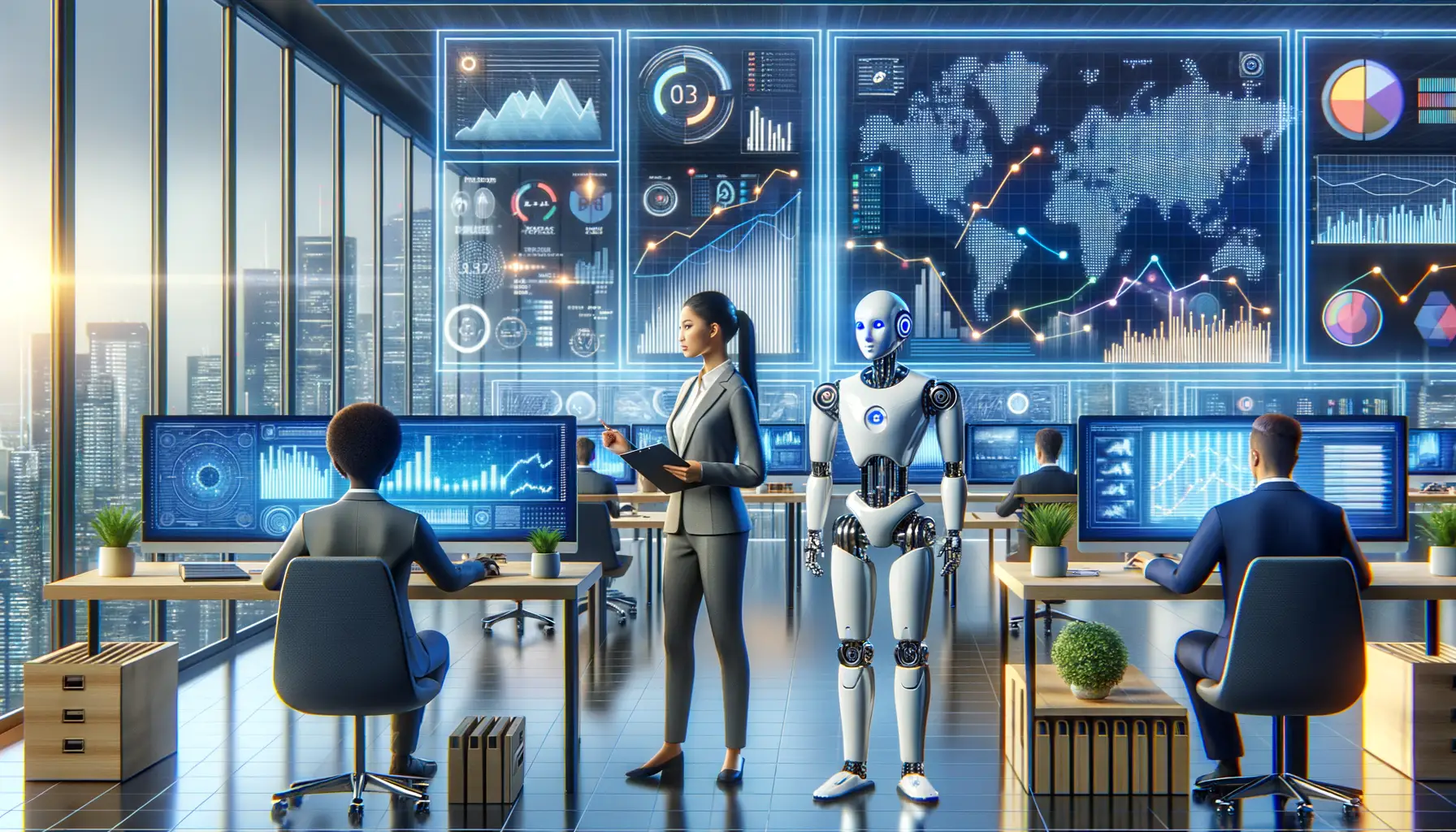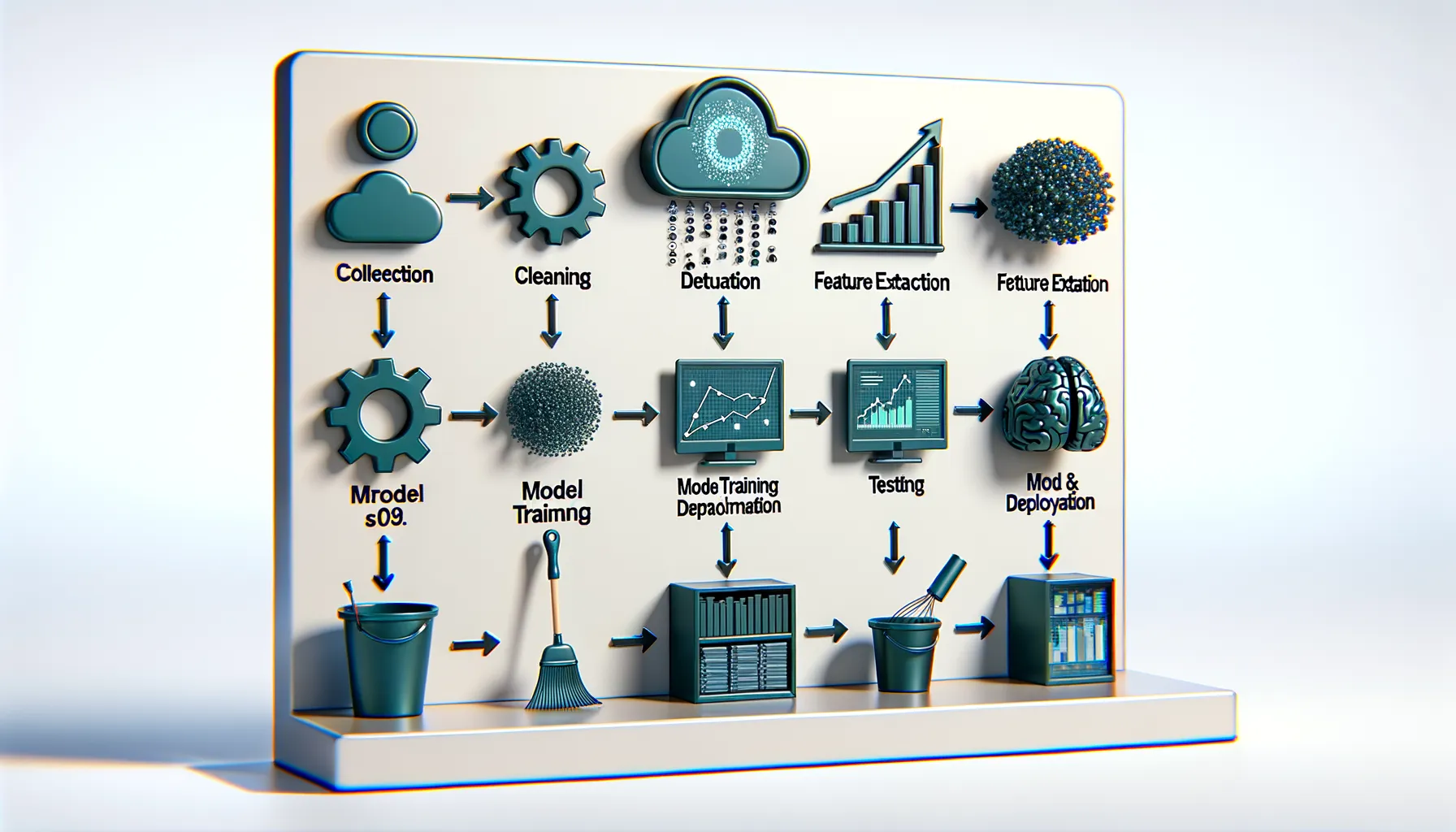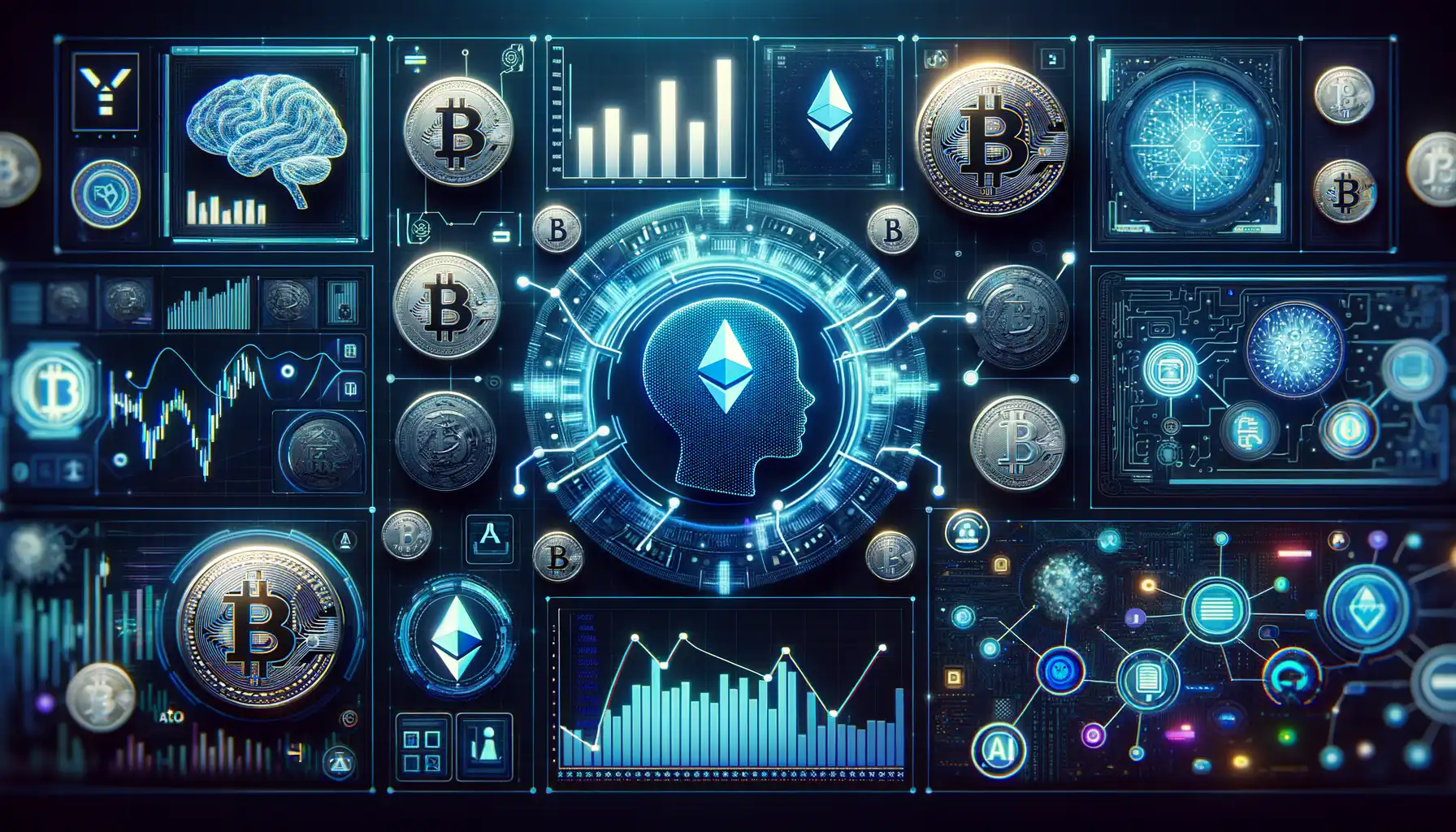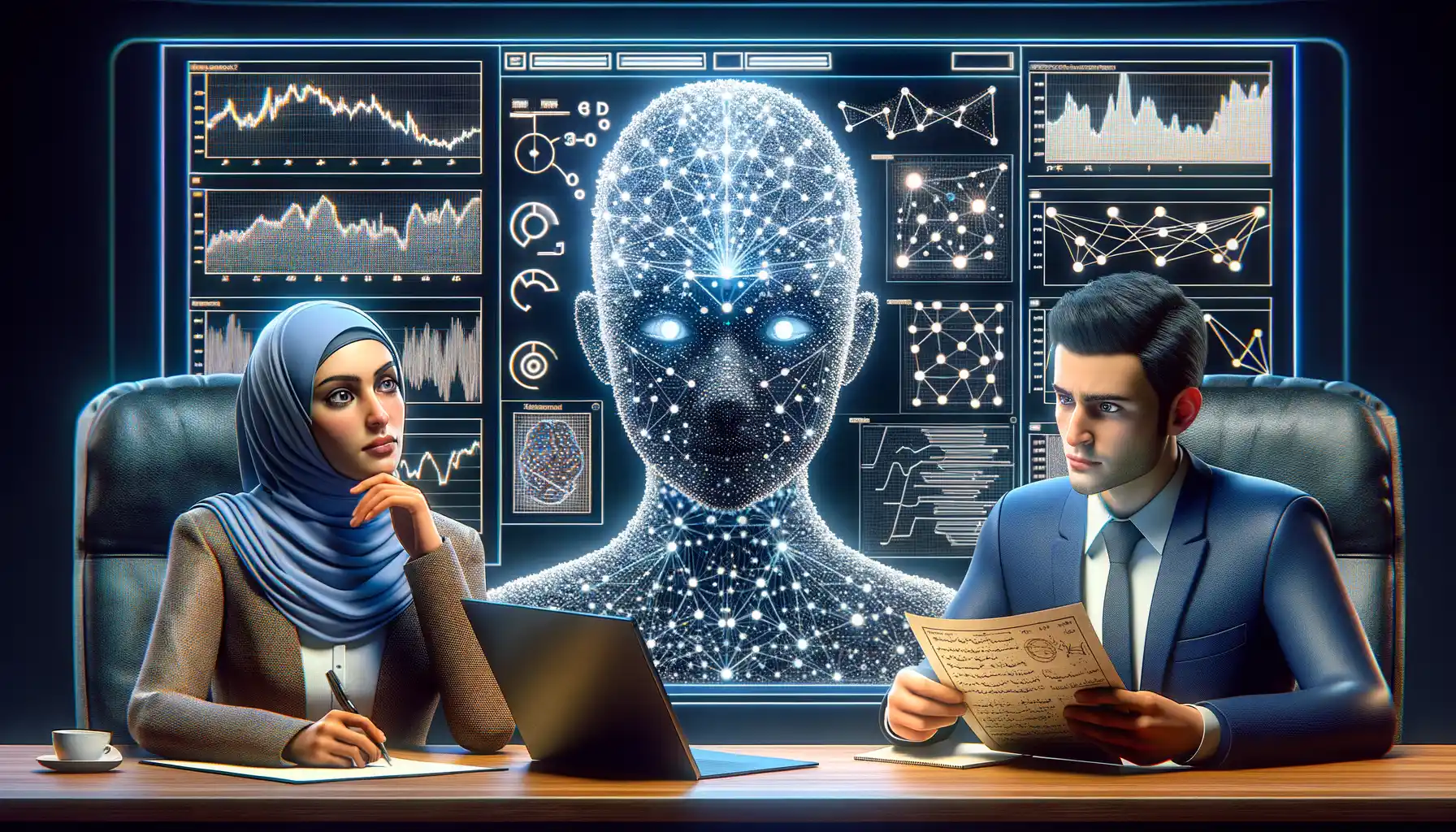Understanding the Basics of Coin Market Fluctuations
What Drives Coin Market Prices?
Imagine the crypto market as a bustling marketplace where excitement—and uncertainty—hang in the air. Why do coin prices rise and fall like ocean tides? It all boils down to a cocktail of demand, supply, and human emotion. The value of coins is often tied to their utility: does the coin solve a real-world problem? Think of Bitcoin’s role as digital gold or Ethereum’s smart contract functionality.
Now, layer in speculation, external news (like governments embracing or banning crypto), and good old psychological chains—FOMO, anyone? A single tweet from an influencer can ignite a buying frenzy or spark a sell-off faster than you can say “blockchain.”
- Market Sentiment: Fear and greed drive decisions, sometimes more than logic.
- Adoption Trends: When big brands or nations adopt crypto, expect fireworks in valuations.
- Supply Dynamics: Coins with limits, like Bitcoin’s 21 million cap, often see scarcity influence prices.
Hidden Forces That Tip the Scale
Let’s not forget the whispers of whales. Large-scale investors can shift the landscape simply by moving their assets. And then there’s volatility: cryptocurrency doesn’t just trickle—it crashes and soars, like a rollercoaster set at hyperspeed.
Understanding these factors is key before diving into AI-driven predictions. The better you know the market’s quirks, the smarter you’ll be when the robots start crunching numbers!
The Role of Artificial Intelligence in Market Prediction

How AI Connects the Dots in a Chaotic Market
Picture this: the coin market is like a stormy sea, with prices rising and falling like unpredictable waves. For traders, these waves can either sink their portfolio or carry them to treasure. Enter Artificial Intelligence (AI)—your lighthouse in the chaos. But how does it actually guide the way?
AI doesn’t guess or gamble. Instead, it analyzes billions of data points—the kind even the sharpest human mind would overlook. Historical price trends, real-time news, social media buzz, trading volumes—all of it is fed into sophisticated algorithms that identify patterns invisible to the naked eye. It’s not just number-crunching; it’s decoding the emotions and behaviors behind market movements.
Want an example? Imagine a sudden surge of tweets about Bitcoin. AI can instantly process the sentiment behind those tweets and predict how they’ll impact the market price. No coffee breaks, no second-guessing—just actionable insights when time is of the essence.
With AI, you’re not just reacting to changes; you’re anticipating them before they happen.
Steps to Build an AI Model for Predicting Market Changes

Breaking Down the Process of Building Your AI Model
So, you’re ready to dive into building an AI model that could potentially uncover the secrets of coin market fluctuations? Exciting, right? It’s like programming your own crystal ball—but one powered by data and pure logic. Let’s roll up our sleeves and dig into each step.
- Define Your Goal Clearly: Are you aiming to predict daily price swings or long-term trends? Be as specific as an artist sketching their masterpiece. This clarity will guide every decision moving forward.
- Data Collection is King: The quality of your AI starts with the data you feed it. Gather historical coin prices, market sentiment from platforms like Twitter, trading volumes, even global economic indicators. You want this data to be clean, diverse, and relevant.
- Choose the Right AI Algorithm: Options abound—Linear Regression for simpler trends, or Recurrent Neural Networks (RNNs) if you’re tackling sequential price movements. Don’t just pick randomly; think of it as selecting the perfect partner for a dance competition!
Bringing Your Model to Life
Now here’s where things get interesting. After preprocessing your data—that means cleaning it, normalizing it, and splitting it into training and testing sets—you’re ready to train your model. Imagine this as teaching a pet new tricks: you show it patterns, correct its mistakes, and reward it when it gets things right. Oh, and don’t forget to validate it rigorously against the real-world data. No shortcuts!
Finally, deploy your model and connect it to real-time feeds. It should adapt faster than a pro chess player anticipating the next move. But, spoiler alert: markets change, and models must evolve too. Stay curious—it’ll serve you well in this ever-shifting landscape.
Best Practices for Using AI in Cryptocurrency Trading

How to Navigate the AI-Trading Duo Like a Pro
Ready to merge cutting-edge tech with the wild, fast-paced world of cryptocurrency trading? Let’s uncover some golden rules that’ll make your experience not only efficient but downright thrilling.
First things first—you need to respect the data. AI thrives on high-quality, relevant, and up-to-date data. If your input is off, even the most sophisticated AI can lead you astray. Imagine feeding a high-performance sports car watered-down fuel—it’s just not going anywhere exciting.
Next, set clear boundaries for your AI pal. Define your risk tolerance, profit goals, and trading limits. Think of your AI like a loyal assistant: it needs detailed instructions to serve you best. And yes, that sometimes means reining it in when the market gets unpredictable to avoid chasing bad trades.
- Always monitor your AI-powered decisions. AI is brilliant, but it doesn’t have intuition, emotion, or a sixth sense. That’s where you come in.
- Tweak and fine-tune consistently—markets aren’t static, and neither should your model be.
Keep It Real: Beware of Overreliance
Let’s face it—AI isn’t a crystal ball. While it can spot patterns humans never could, it’s not immune to pitfalls. Overrelying on its predictions is like relying on GPS in a city with ever-changing roads. Use your judgment to complement its insights, weighing its analysis against news, trends, and gut instinct.
Above all, embrace adaptability. Your relationship with AI is like dancing with a partner—sometimes you lead, sometimes you follow. But when the rhythm syncs? Magic happens.
Challenges and Limitations of AI in Market Forecasting

Why AI Can Stumble in Understanding Human Emotions
Artificial intelligence excels at crunching numbers and spotting patterns, but it falters when faced with the unpredictable beast of human psychology. The coin market isn’t just about data points and algorithms—it’s deeply tied to human emotions like fear, greed, and overconfidence. AI can’t yet grasp these intangible nuances, which makes its predictions inherently limited. Imagine an AI model predicting an upward trend in a cryptocurrency’s value. Then, out of nowhere, a tweet from a major influencer sends panic across the market. That human-driven chaos? It’s a blind spot for even the smartest AI.
What’s more, AI struggles to differentiate between meaningful trends and short-term noise. For instance, if Bitcoin’s price dips slightly after a holiday weekend, is it a lasting shift or just a temporary blip? AI might not always know the difference.
- Data Bias: AI depends on historical data, but what if most of that data excludes major unprecedented events?
- Overfitting: An AI model might “memorize” patterns unique to one dataset, only to crash when faced with new conditions.
AI, for all its brilliance, still has a lot to learn about humanity’s inherently unpredictable nature.
Technical Constraints That Rein in AI’s Power
Let’s face it: AI isn’t magic; it’s math—and it has its limits. First off, it demands vast amounts of high-quality data. Think of it like feeding a gourmet chef top-notch ingredients—give them scraps, and the final dish won’t impress anyone. When data is incomplete, outdated, or riddled with errors, AI spits out predictions that can be dangerously misleading.
And then there’s processing power. Training complex models to forecast coin market fluctuations requires staggering computational resources. Smaller traders or hobbyists may simply not have access to the kind of supercomputers needed to unlock AI’s full potential.
Lastly, don’t forget how dependent AI is on the quality of the algorithm itself. A poorly designed model, even with fantastic data, is like a race car without wheels—it’s not going anywhere. Beyond all this? AI has no moral compass. It can’t separate ethical decisions from unethical ones, leaving that responsibility squarely on your shoulders.
